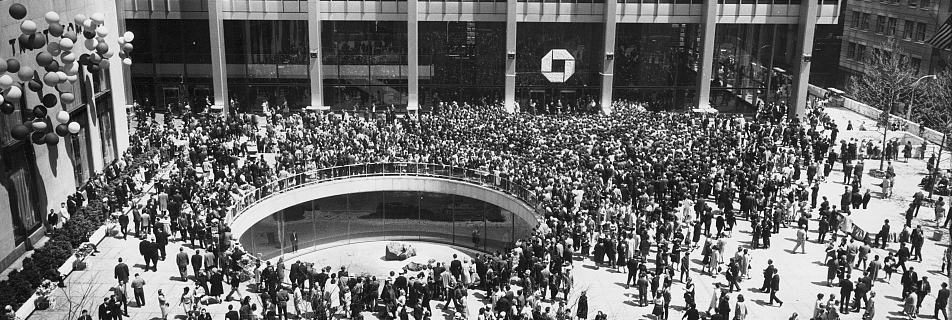
Chase Manhattan traces its history back to the founding of the Manhattan Company by Aaron Burr on September 1, 1799, in a house at 40 Wall Street.
After an epidemic of yellow fever in 1798, during which coffins had been sold by itinerant vendors on street corners, Aaron Burr established the Manhattan Company, with the ostensible aim of bringing clean water to the city from the Bronx River but in fact designed as a front for the creation of New York's second bank, rivaling Alexander Hamilton's Bank of New York.
Chase National Bank
Chase National Bank was formed in 1877 by John Thompson. It was named after former United States Treasury Secretary and Chief Justice Salmon P. Chase, although Chase did not have a connection with the bank.
The Chase National Bank acquired a number of smaller banks in the 1920s, through its Chase Securities Corporation. In 1926, for instance, it acquired Mechanics and Metals National Bank.
However, its most significant acquisition was the Equitable Trust Company of New York in 1930, the largest stockholder of which was John D. Rockefeller, Jr. This made Chase the largest bank in America and indeed, in the world.
Chase was primarily a wholesale bank, dealing with other prominent financial institutions and major corporate clients, such as General Electric, which had, through its RCA subsidiary, leased prominent space and become a crucial first tenant of Rockefeller Center, rescuing that major project in 1930. The bank is also closely associated with and has financed the oil industry, having longstanding connections with its board of directors to the successor companies of Standard Oil, especially ExxonMobil, which are also Rockefeller holdings.
Merger as Chase Manhattan Bank
In 1955, Chase National Bank and The Manhattan Company merged to create The Chase Manhattan Bank. As Chase was a much larger bank, it was first intended that Chase acquire the "Bank of Manhattan", as it was nicknamed, but it transpired that Burr's original charter for the Manhattan Company had not only included the clause allowing it to start a bank with surplus funds, but another requiring unanimous consent of shareholders for the bank to be taken over. The deal was therefore structured as a merger by the Bank of the Manhattan Company of Chase National, with John J. McCloy becoming chairman of the merged entity. This avoided the need for unanimous consent by shareholders.
For Chase Manhattan Bank's new logo, Chermayeff & Geismar designed a stylized octagon in 1961. The Chase logo is a stylized representation of the primitive water pipes laid by the Manhattan Company, which were made by nailing together wooden planks.
Under McCloy's successor, George Champion, the bank relinquished its antiquated 1799 state charter for a modern one. In 1969, under the leadership of David Rockefeller, the bank became part of a bank holding company, the Chase Manhattan Corporation.
In July 1996, Chemical Bank of New York purchased Chase Manhattan Bank.









